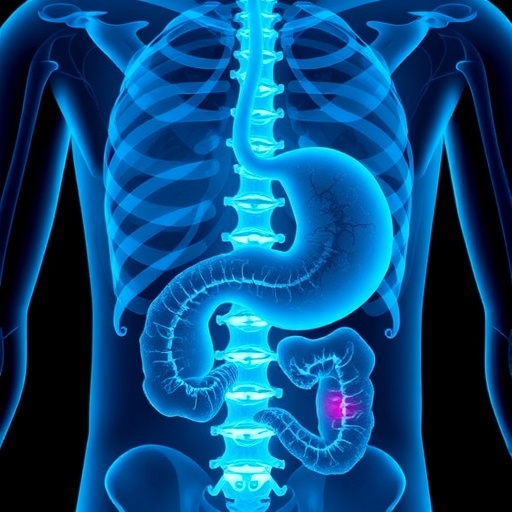
Credit: Oleg Magni from Pexels
Differences in the abundance of certain bacteria living on the tongue can distinguish patients with early pancreatic cancers from healthy individuals, according to results from a new study published in the Journal of Oral Microbiology.
Although disruptions to the microbiome – the population of microorganisms that live in and on our bodies – have already been identified in pancreatic cancer patients in other body tissues, this is the first evidence of changes to the bacteria in the tongue coating. If confirmed in larger studies, this could pave the way towards the development of new life-saving early detection or prevention tools for this highly aggressive disease.
Nearly 10,000 people are diagnosed with pancreatic cancer in the UK each year, with less than one per cent surviving beyond ten years. An early diagnosis can greatly improve the chances of successful treatment – but this poses challenges for this disease as it grows deep inside the body and often shows few symptoms before it has already spread. As a result, most patients already have advanced disease by the time they seek medical help.
Researchers are searching for biological changes that can accurately detect early signs of pancreatic cancer, which could be developed into new screening tests. A current hot topic is the potential role of the microbiome in the development of cancer, with previous studies identifying dramatic disruptions to bacteria in saliva, intestinal and faecal samples collected from pancreatic cancer patients compared to healthy individuals.
In the first study to characterise the tongue coat microbiome of patients with pancreatic cancer, a team of researchers recruited a group of 30 patients with early-stage disease (diagnosed with a tumour positioned in the ‘head’ area of the pancreas) and a similar group of 25 healthy people. Participants were all between 45 and 65 years in age, had no other diseases or oral health problems and had not taken any antibiotics or other drugs for the three months before the study.
The team used sophisticated gene sequencing technologies to examine the microbiome diversity of tongue coat samples, finding that pancreatic cancer patients were colonised by remarkably different tongue coating microbiomes compared to healthy individuals.
Lead author Lanjuan Li of Zhenjiang University, China, said: “Although further confirmatory studies are needed, our results add to the growing evidence of an association between disruptions to the microbiome and pancreatic cancer.”
Strikingly, the abundance of four types of bacteria – low levels of Haemophilus and Porphyromonas and high levels of Leptotrichia and Fusobacterium – could distinguish pancreatic cancer patients from healthy individuals.
“If an association between the discriminatory bacteria and pancreatic cancer is confirmed in larger studies, this could potentially lead to the development of new microbiome-based early diagnostic or preventive tools for the disease,” said Li.
The research team hypothesize that the immune system is the most likely link between any confirmed shifts in the microbiome with pancreatic cancer – for example, disease development in the pancreas may influence the immune response in ways that favour the growth of certain bacteria – or vice versa. If proven, this could set the stage for the development of new treatment strategies involving antibiotics or immunotherapies – or potentially even probiotics that can help prevent pancreatic cancer in high-risk patients in the future.
###
FURTHER INFORMATION
To arrange an interview, please contact:
Ingar Olsen
Email: [email protected]
For a copy of the study, please contact:
Jodie Bell, Press & Media Relations Manager
Email: [email protected]
Tel.: +44 (0)20 7017 6571
Follow us on Twitter: @tandfnewsroom
The article will be freely available once the embargo has lifted via the following link: https:/
About Taylor & Francis Group
Taylor & Francis Group partners with researchers, scholarly societies, universities and libraries worldwide to bring knowledge to life. As one of the world’s leading publishers of scholarly journals, books, ebooks and reference works our content spans all areas of Humanities, Social Sciences, Behavioural Sciences, Science, Technology and Medicine.
From our network of offices in Oxford, New York, Philadelphia, Boca Raton, Boston, Melbourne, Singapore, Beijing, Tokyo, Stockholm, New Delhi and Cape Town, Taylor & Francis staff provide local expertise and support to our editors, societies and authors and tailored, efficient customer service to our library colleagues.
Media Contact
Jodie bell
[email protected]
44-207-017-6571
Related Journal Article
http://dx.




